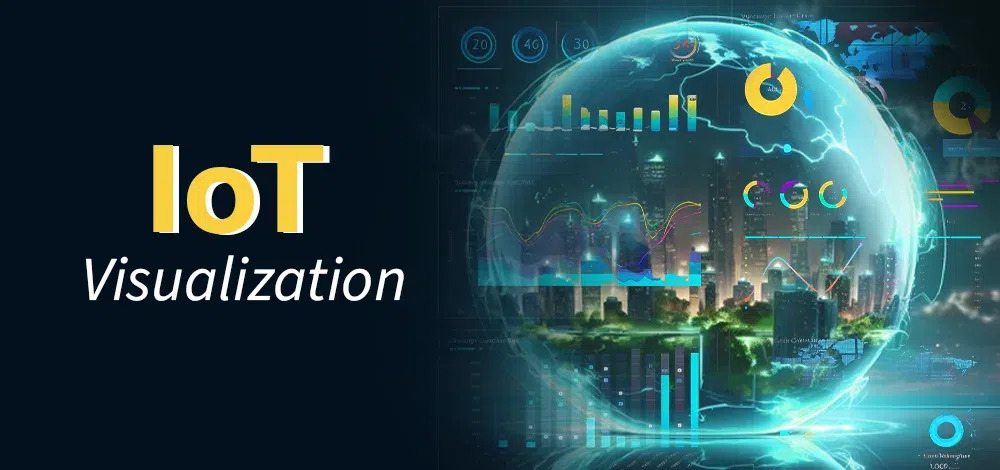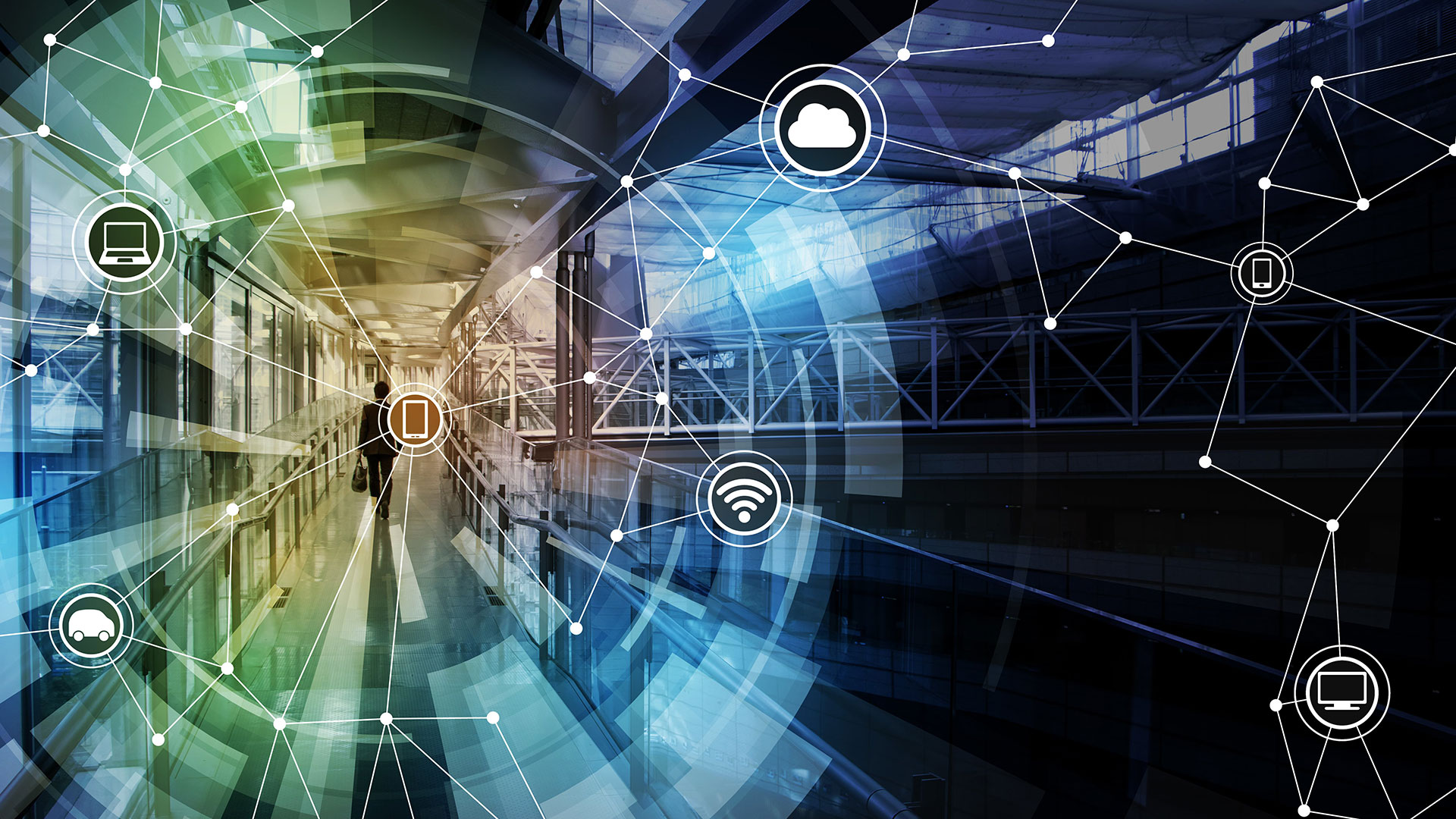IoT Visualization: Transforming Data Into Actionable Insights
The Internet of Things (IoT) is revolutionizing industries by connecting billions of devices, generating vast amounts of data daily. However, the true power of IoT lies not in the sheer volume of data but in the ability to visualize it effectively. IoT visualization transforms raw data into actionable insights, empowering businesses to make informed decisions, enhance operations, and unlock new opportunities. In this article, we explore the significance of IoT visualization, its key benefits, and the tools that make it possible.
What is IoT Visualization?
IoT visualization refers to the graphical representation of data collected from IoT devices. By leveraging dashboards, charts, graphs, and interactive interfaces, it simplifies complex datasets, making them accessible and comprehensible. Whether it’s monitoring real-time sensor readings, analyzing historical trends, or predicting future outcomes, visualization tools play a pivotal role in extracting value from IoT data.

The Importance of IoT Visualization
- Enhanced Decision-Making: Visualized data enables stakeholders to quickly grasp critical information, identify patterns, and make data-driven decisions.
- Operational Efficiency: Interactive dashboards provide real-time insights, helping organizations detect inefficiencies, predict maintenance needs, and optimize resource allocation.
- Improved User Experience: A well-designed visualization tool allows users to interact with data intuitively, reducing the learning curve and fostering engagement.
- Data-Driven Innovation: By uncovering hidden trends and correlations, IoT visualization can inspire new products, services, and business models.
Key Benefits
- Real-Time Monitoring: Keep track of live data streams to ensure systems operate within desired parameters.
- Predictive Analytics: Leverage historical data and machine learning algorithms to forecast future scenarios and take proactive measures.
- Enhanced Collaboration: Share visual dashboards across teams to align strategies and improve communication.
- Scalability: Handle growing data volumes seamlessly with cloud-based visualization tools.
Popular IoT Visualization Tools
- Tableau: Known for its robust data visualization capabilities, Tableau integrates seamlessly with IoT data sources to create interactive dashboards.
- Power BI: A Microsoft product, Power BI excels in delivering business intelligence through customizable reports and visualizations.
- Grafana: Popular for its open-source nature, Grafana is widely used for monitoring and analyzing IoT metrics in real-time.
- Kibana: Part of the Elastic Stack, Kibana provides powerful tools for visualizing and exploring data from IoT devices.
- ThingSpeak: Tailored for IoT applications, ThingSpeak simplifies the process of collecting, analyzing, and visualizing sensor data.
Best Practices for Effective IoT Visualization
- Understand Your Audience: Tailor visualizations to meet the specific needs and technical expertise of your users.
- Focus on Clarity: Use intuitive layouts, clear labels, and appropriate chart types to convey information effectively.
- Prioritize Real-Time Data: Highlight live metrics and alerts to facilitate immediate action when needed.
- Ensure Scalability: Choose tools and architectures that can handle increased data loads as your IoT network expands.
- Integrate Predictive Analytics: Enhance visualization capabilities with AI-driven insights to stay ahead of potential challenges.

The Future of IoT Visualization
As IoT ecosystems grow, the demand for sophisticated visualization tools will only increase. Emerging technologies such as augmented reality (AR) and virtual reality (VR) are poised to revolutionize IoT visualization, offering immersive and intuitive ways to interact with data. Additionally, advancements in AI and machine learning will further enhance the predictive and prescriptive capabilities of visualization platforms.
Conclusion
IoT visualization is an essential component of any IoT strategy, bridging the gap between raw data and actionable insights. By investing in the right tools and following best practices, businesses can unlock the full potential of their IoT data, driving innovation and staying ahead in a competitive landscape. As technology continues to evolve, the possibilities for IoT visualization are limitless, promising a smarter, more connected future.